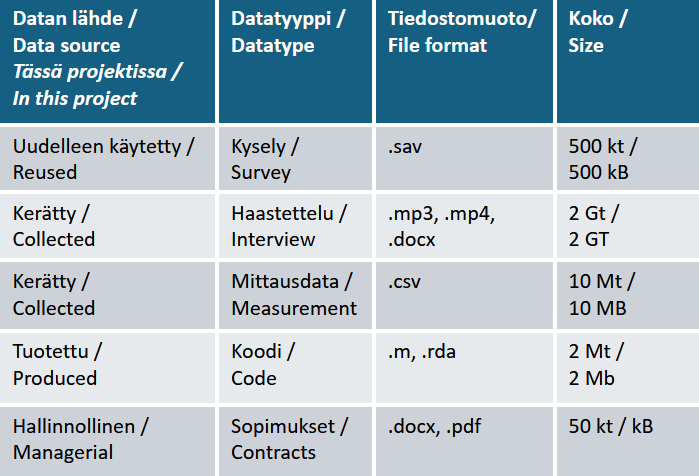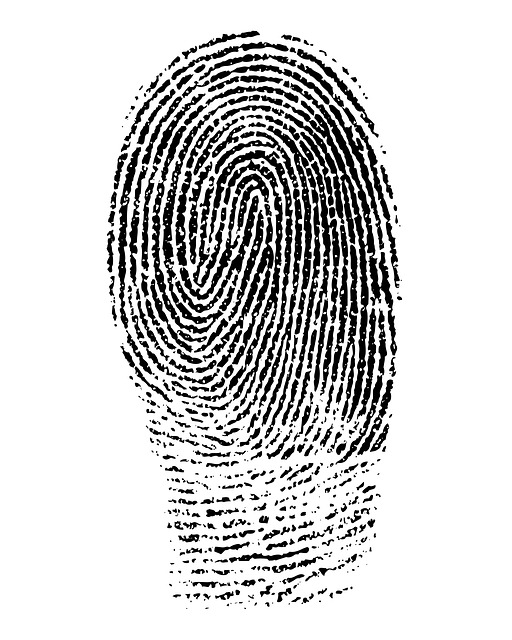2. Collecting and using data
The collection and use of research data during research often combines research methods and questions with data management. In this chapter, we discuss the types, quality, and origins of data, as well as research ethics and legislation from the perspective of data management.
Personal information and sensitive data are given a lot of space in this chapter as their processing requires special attention. Even if the research does not involve human subjects or data is not collected directly from humans, it is always advisable to consider whether personal information is involved. For example, inanimate object, substances, animals, celestial bodies, and weather phenomena often contain information about their observers or can otherwise be linked to identifiable people. The concept of personal data and the processing of personal data are important general information in any area of life, and it is therefore reasonable to highlight them in this learning material.


To consider
- Are you processing personal data in your research?
- What kind of personal data do you process?
- What happens to the personal data after the research project?
- Do you need to anonymize or pseudonymize the data?

Watch the video
You may need an ethical review in the human sciences. This short video clip provides guidelines for ethical review in Finland. The video is produced by TENK, i.e., the Advisory Board on Research Ethics (2:30).
(2024-06)

